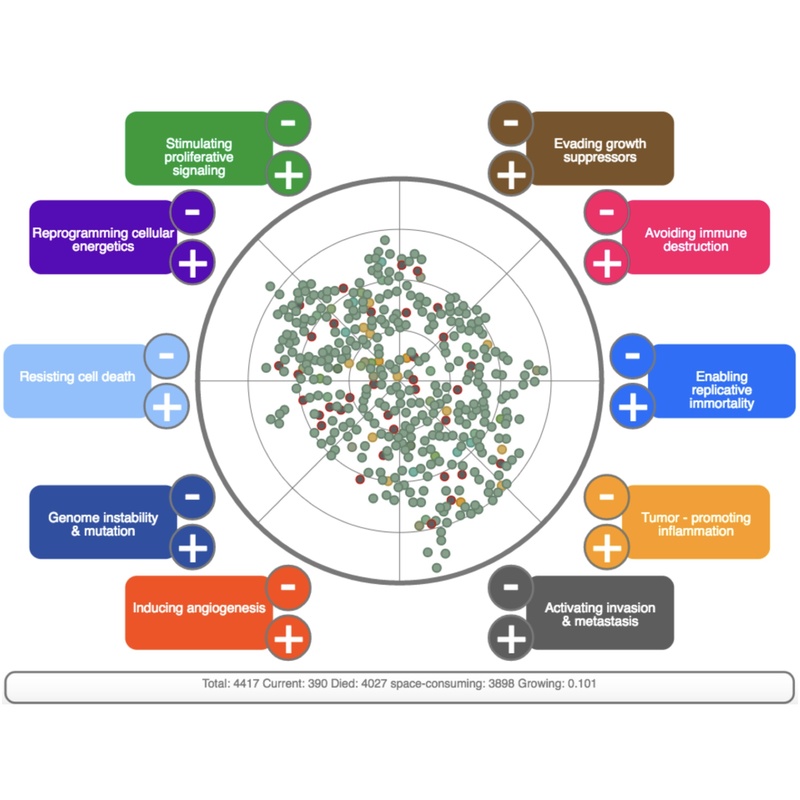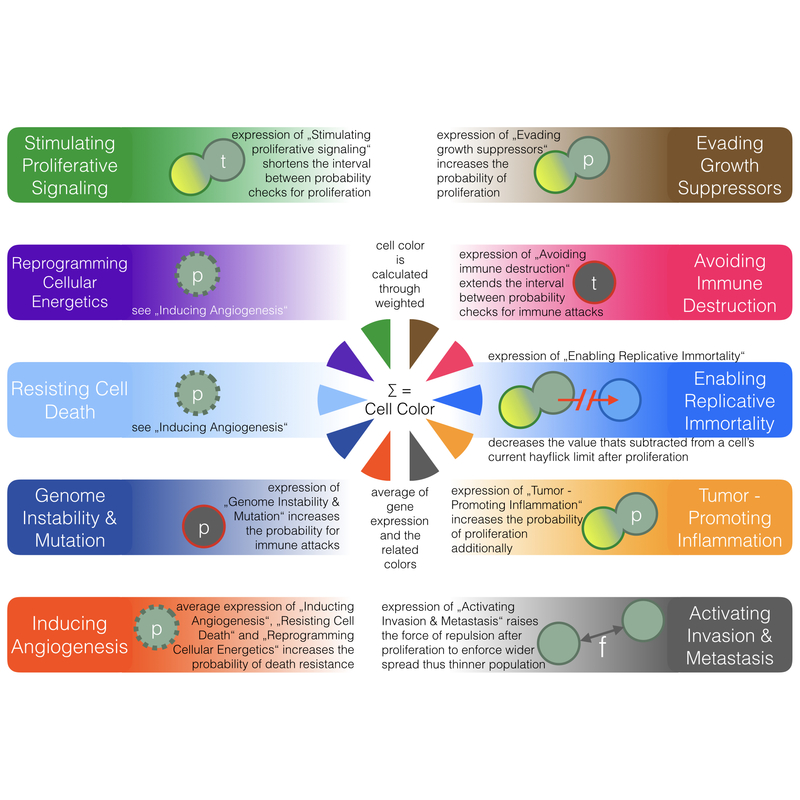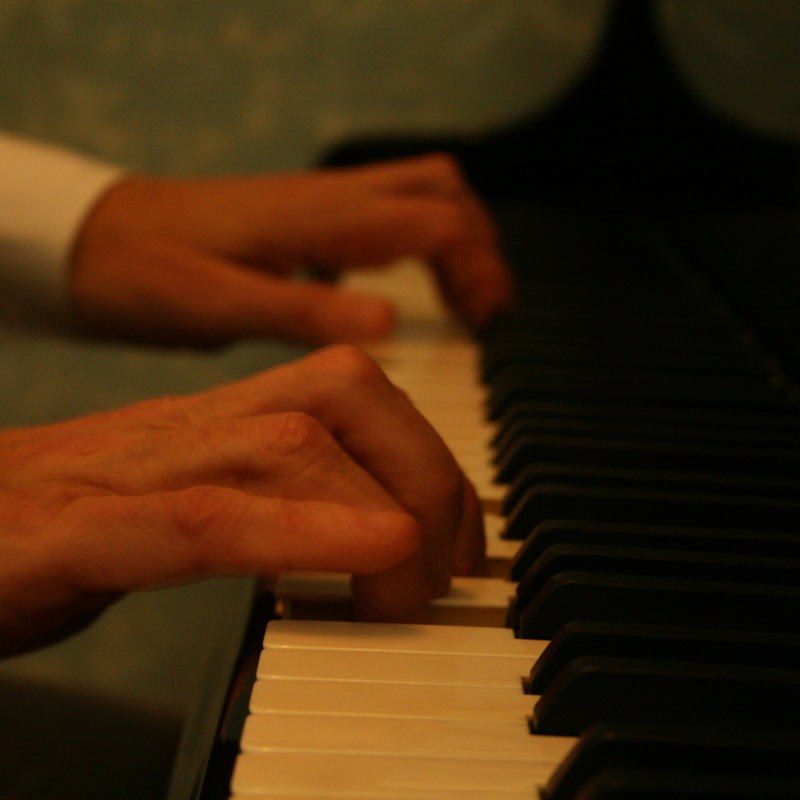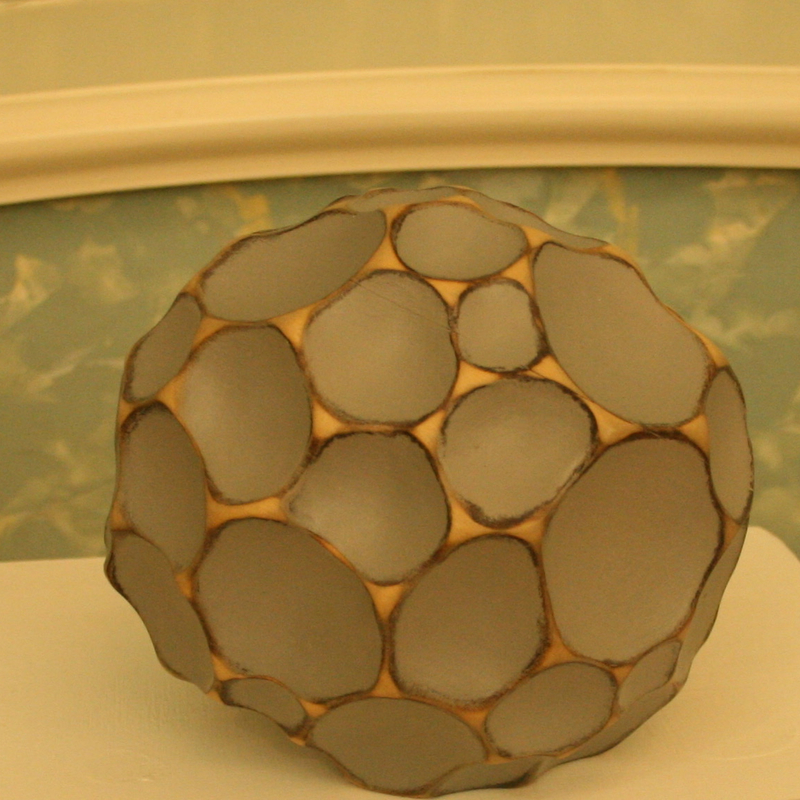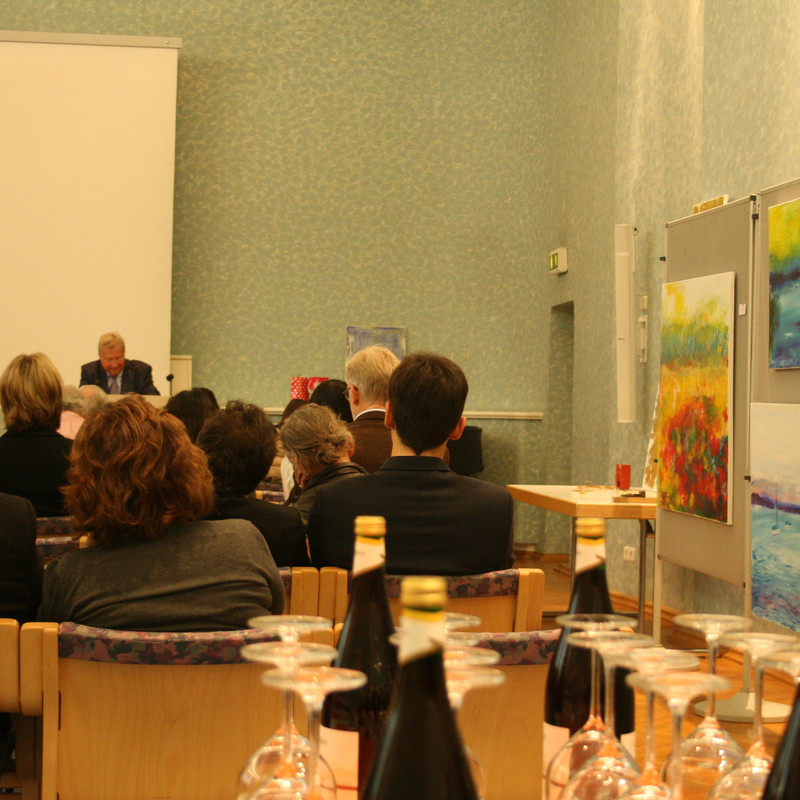Search
Ion Channels: Their Discovery and their Role in Pharmacology and Biomedicine
DOI: 10.17160/josha.4.1.260
The concept of bioelectricity emerged in the late 18th century, based on the experiments of Galvani and Volta. Sixty years ago Hodgkin and Huxley showed that the nerve impulse is a result of permeability changes of the nerve membrane. This provoked the question of what the molecular mechanisms of such permeability changes might be. In 1976, Bert Sakmann and myself were able to show that the so-called ion channels –proteins that gate ion fluxes across membranes- mediate these responses. Research over the last 40 years has shown that ion channels are not only present in electrically excitable cells, such as in nerves and muscles, but also in basically all cell types of our body, mediating a variety of physiological functions. We now know that they are prime drug targets and that dysfunction of ion channels underlies a variety of diseases.
JOSHA Table of Contents - Volume 3 Issue 7
DOI: 10.17160/josha.3.7.259
We are closing the last issue of 2016 with five novel contributions to the scientific, humanities, and arts fields. We expect that you will enjoy this last issue of the year, and we are already looking forward to giving 2017 the opportunity to surprise us with new content, authors, readers, and memberships. Since the foundation of our journal in December 2014, our articles have reached almost 120,000 views and over 95,000 downloads, and the most viewed article has reached 2,800 views and 1,800 downloads showing the reach of JOSHA published articles and the continuous growth of the JOSHA community.
Challenges of Architectural Design in relation to Environment and Air Pollution. A Case study: Prishtina’s first public parking garage
DOI: 10.17160/josha.3.7.254
Cities are complex ecosystems with specific phenomenon directly reflected in our health, resources, economic, social and aesthetic fields. It can be conceptually considered that cities are locally and regionally specific. Urban planning is a process with a primary role to protect and use of environment, to manage spatial planning and urban infrastructure as a whole system. In relation to sustainability and implementation of multi-level law reinforcement, urban planning and design can significantly improve quality of life of their urbanites, particularly in relation to air pollution. Surely, long-term plans and strategies have been adopted in Kosovo, but the challenges will remain in implementation and in enforcement of these administrative instructions. Therefore, it is crucial to encourage every action, related to city functionality which will minimize air pollution.
Towards Simulating Carcinogenesis: Modeling and Simulating Carcinogenesis, Hematopoietic Tissue Homeostasis and Leukemogenesis
DOI: 10.17160/josha.3.7.253
The previously identified cancer hallmarks (Groten et al. 2016, DOI: 10.17160/josha.3.7.252 ) were described by mathematical algorithms. Subsequently, a computational simulation of carcinogenesis has been developed. In the next step, the proposed algorithms and correlations have been tested, validated and adapted through the simulation (http://mertelsmann.psiori.com/). In a second model, we transferred the insights won from the first simulation to the simulation of hematopoiesis tissue homeostasis and leukemogenesis (http://hem-model.psiori.com/hema_simulation). Our findings indicate that the 10 “Hallmarks” proposed by Hanahan and Weinberg can be assigned to two major groups, “Growth/Apoptosis Balance” and “Genetic Fidelity, Immortality”. Modeling Hematopoiesis revealed one missing Hallmark, “Block of Differentiation”, which we propose to assign to the broader term “Stem Cell Features”.
Understanding and Controlling Cancer: The Hallmark Concept Revisited – Chance, Evolution and Entropy
DOI: 10.17160/josha.3.7.252
The overall aim of this investigation was to identify the fundamental phenotypic traits of a cancer cell to develop an “in silico” simulation model and, vice versa redefine the identified characteristics via the established simulation model. Thus, the focus lay on visualization and interactivity of the simulation. To achieve this aim, we addressed the following objectives. In the present paper, the essential “Hallmarks of Cancer” have been identified, based on a literature review. The term “Hallmarks of Cancer” has thereby been adopted from Hanahan and Weinberg (Hanahan & Weinberg 2000; Hanahan & Weinberg 2011) and defines the most fundamental phenotypic characteristics of cancer cells, which are assumed to distinguish the latter from normal cells.
Special Issue: Symposium “Science, Ethics and Arts”
DOI: 10.17160/josha.3.6.250
This special issue of JOSHA is dedicated to the coverage of the second Symposium “Science, Ethics and Arts” that took place on Friday, October 14th at the Haus zur Lieben Hand, Freiburg. This event was organized by the International Master Program in Biomedical Sciences (IMBS) with the sponsorship of JOSHA Journal. In this issue, you will find the presentations of all the invited speakers as well as a coverage of the art exhibition that took place during the symposium. PICTURE: Evguenia Alechine.
The Scientific, Social and Ethical Aspects of Prolonging Human Life
DOI: 10.17160/josha.3.6.249
In his presentation, Prof. Borner discusses the varied aspects of prolonging life from a scientific, social and ethical perspectives. These different aspects are reviewed leading to the following recommendations: 1. We should try to improve early diagnosis and targeted treatment regimens to make the life of elderly people more bearable and enjoyable. 2. We have to accept that, at one point, our life ends and we have to give over our spirit and achievement to the next generation. 3. Enjoy every second of your life - Carpe Diem (Roman Poet Horaz, 65 B.C.9). 4. If you want to save lives, you should remove from every person in this world their driver‘s license.
Understanding Cancer by Whole Genome Studies
DOI: 10.17160/josha.3.6.248
The National Center for Tumor Diseases – NCT Heidelberg was founded as an exceptional alliance between the German Cancer Research Center (DKFZ), Heidelberg University Hospital (UKL-HD), the Heidelberg Medical Faculty, and German Cancer Aid (Deutsche Krebshilfe). The NCT MASTER project is situated at the interface of cancer genomics and clinical oncology to provide comprehensive molecular profiling to selected patients with unmet medical need, and to evaluate the utility of such an approach for informing choices regarding targeted therapy based on the molecular characteristics of the individual cancer. This multidisciplinary initiative has implemented a standardized workflow for patient selection, sample processing, molecular and bioinformatic analysis, technical validation of individual findings, and reporting of results through a dedicated molecular tumor board.
Bioethics and Philosophical Argumentation
DOI: 10.17160/josha.3.6.247
This presentation provides a philosophical introduction into the multilayered field of Bioethics. Firstly, it clarifies the somewhat confusing notion of "Bioethics", and then unfolds the key questions that bioethical debate faces today. The following third step discusses five obstacles to a broader discussion and possible solution of those bioethical problems – and gives four concluding hints to what needs to change in order to develop a more intense and open dialogue on those important challenges. PICTURE: Anna Boksa, Anja.
Conservation of biodiversity – ecology against economy
DOI: 10.17160/josha.3.6.246
Today we are confronted with a growing loss of biodiversity. All of us agree that we must do something to save the biodiversity. In his lecture, Prof. Hager focuses on the question what is the task of the law in this context. His lecture has three parts. In the first part, he discusses a famous case on biodiversity. The case opens the way to the second part where the efficiency of environmental law is discussed. In the third part, Prof. Hager outlines the structure of a modern ecological environmental law.
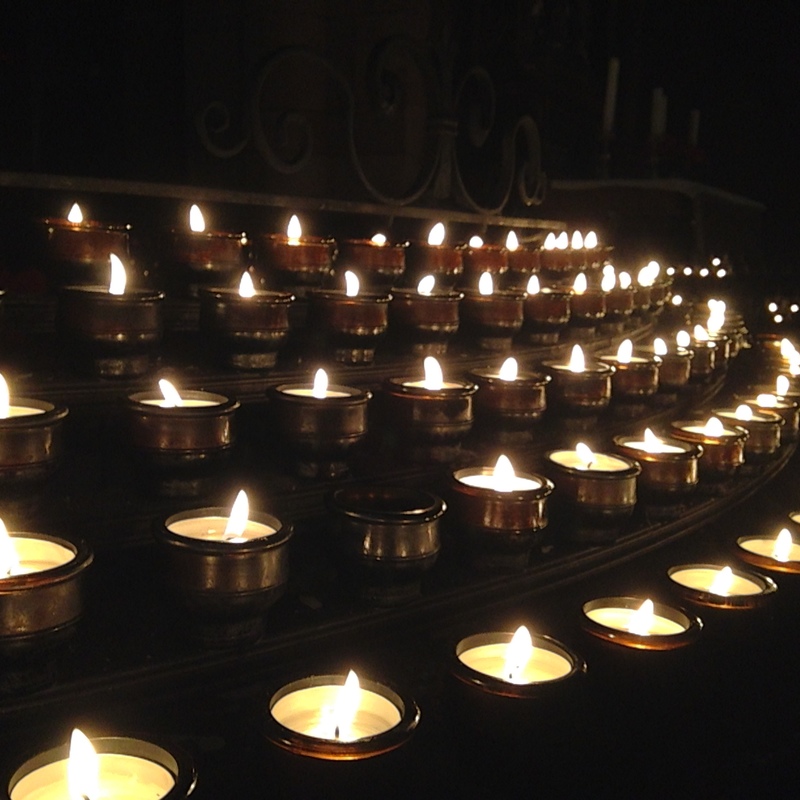
.jpg?1485870632)
.jpg?1478721409)
